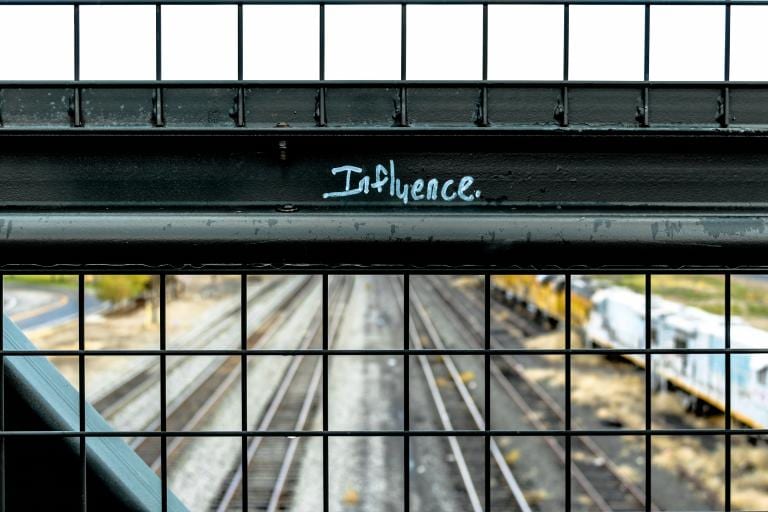I was shocked this week to hear a group of adults claim they were perfectly unbiased and to go so far as to express “offense” at the very thought they might be biased.
I think ignoring the reality of our bias has hurt us in a lot of different ways. It assumes a rightness for rightness sake; that if we think we are right it is empirically true, not at all influenced by presuppositions and conditions specific to us. I think this posture comes from defensiveness and an epidemic of victim mentality. We want to protect ourselves, we feel so endangered all the time, and we swing absurdly far in the opposite direction.
The truth is we cannot escape our biases. We can work around them, but only if we acknowledge them. And we can only acknowledge them if we discover them through careful self-reflection. And we can only do that if we are willing to admit they are there.
Influenced

We are influenced by the particular conditions of our story. The experiences we have. The relationships we’ve seen and participated in. The communities that surround us. We are influenced. Those influences do not determine who we are and what we think, but they are powerful forces we need to navigate.
I get the temptation. I’m guilty of it. I want to impress an aura of capability. I want to show others that I am able to do the right thing, the best thing – that my circumstances don’t define me and I am doing the right thing because it is right.
The irony is the only way to truly do so requires me to own the reality of my biases. I have to acknowledge that there are influences on me and they do affect how I think, feel, and believe. If I ignore this, I give those influences more control.
Which is what we are seeing more and more of in our modern world. People are building a trench and making a stand, assuming they are right and without bias. All the while, their biases are entrenched with them, confirmation bias compounds the issue, and we become stuck in stubbornness and arrogance.
Complications
The reason we don’t want to acknowledge our biases is because it gets messy soon thereafter. We’d rather live in ignorant bliss.
Acknowledging the reality of biases means we then have to figure out what to do about them. And that isn’t so simple. It is like if I tell you to not think about red elephants in the next five minutes. You probably will for a little. You’ll try not to. You’ll move past it. Then, you might really enjoy the mental image of red elephants and just sort of give in. Our biases are not inherently wrong. And so now we have to figure out whether our bias needs to be reinforced or discarded, run toward or avoided.
If I tell you that you should vote for Candidate A at an upcoming election, I have made things weird for you. Assuming you are undecided, you start thinking about following my advice. You know you need to make your own decision. Does that mean you go against what I said, just to kind of prove you are making your own decision? Should you vote for Candidate A, would you be doing so because you got there on your own or were you subconsciously influenced by my suggestion?
This is why we try to pretend our bias isn’t there. It makes things complicated.
But complicated is the only way to truth.

So, how do you navigate your biases once you acknowledge them? This is one of the reasons we talk so much about vision and values. There are so many influences we encounter every day. If we are not tethered to something, we can be blown back and forth by every emotion, circumstance, and influence around us.
Our biases are not something we need to be afraid of. In order to seek truth and make the best decisions possible, we need to stop playing games. We need to acknowledge the realities of biases in our lives. In doing so, we invite the next question – what to do with them. And, like all things, they need to be measured against reality, our vision and values, and the best possibilities for our life, community, and relationships.












